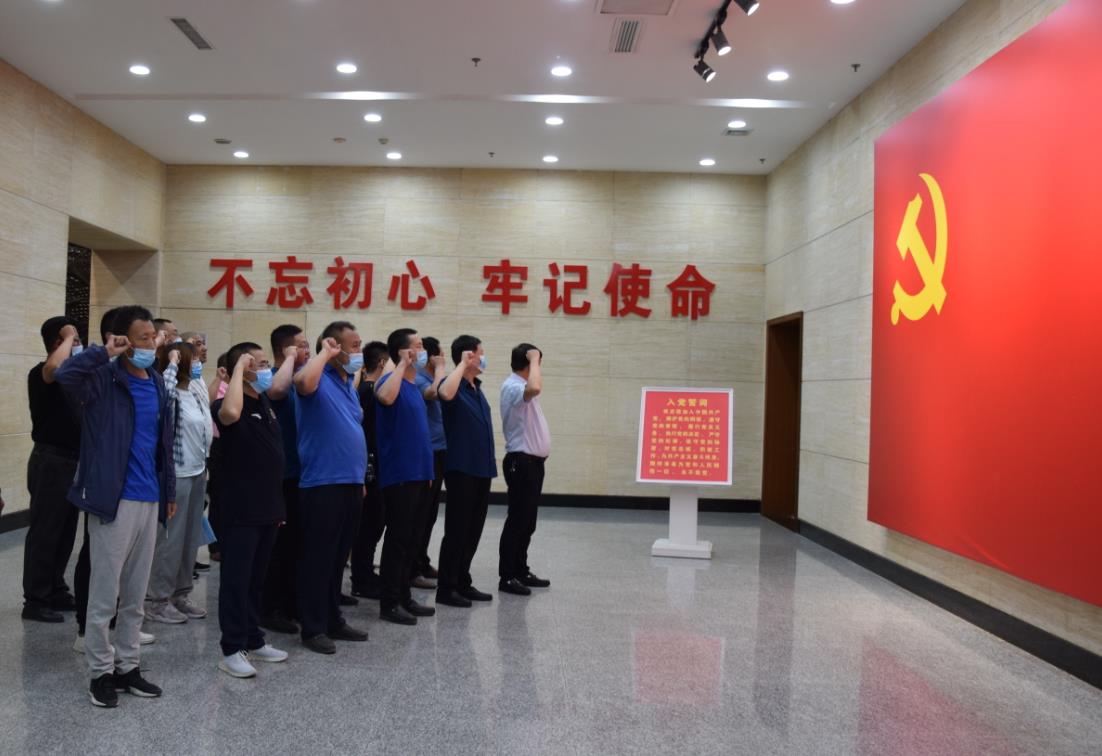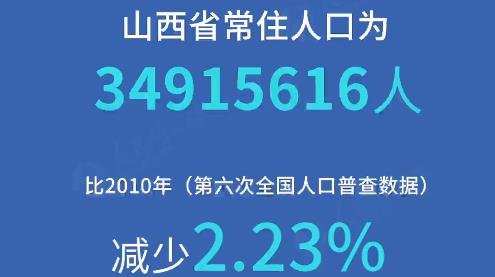
Shanximade textile products are displayed at the 2020 China Textile Conference. PENG KE’ER/FOR CHINA DAILY
Shanxi's economic transformation that aims to upgrade its coal industry will lend new vigor to the local textile industry, insiders and officials said at the 2020 China Textile Conference held in Taiyuan, Shanxi province, on Dec 22-23.
The event, organized by the China Textile Industry Federation, attracted the participation of more than 1,000 delegates from throughout the country.
Sun Ruizhe, chairman of the CTIF, said China's textile industry is on a new track of growth with the development of new materials.
"Shanxi is renowned for its coal-mining industry and coal is one of the major resources for making synthetic fibers used in the textile industry," Sun said.
Shanxi is piloting comprehensive reform to diversify its economy and upgrade the traditional coal industry, said Wang Hongjin, chief of the Shanxi Department of Commerce.
The official said that in this transition, Shanxi's coal industry is extending its value chain to cover more sectors and coal-based chemicals is one of them.
"Our manufacturers are making coal-based synthetic fibers and other materials to supply the booming textile industry in Shanxi and the rest of the country," Wang said.
The official said Shanxi has a long history in the textile industry.
"Shanxi is said to be the birthplace of Luozu, the legendary forefather of China's textile industry. And archaeologists found silk from 6,000 years ago at a site in Yuncheng city, showing the textile industry was not only a legend," Wang said.
According to the official, Shanxi's silk products were sold in the international market via the Silk Road more than 1,000 years ago.
In the last century, Shanxi was a major exporter of textiles in China, with its export volume once ranked second in the country, according to Wang. He added that it is still a major base for textile machinery in the country.
"We are in the right time to develop a modern textile industry as we have abundant resources and a friendly business environment for the industry," Wang said.
He said one of the advantages for the development of the industry is that Shanxi has one of the lowest electricity prices in the country. This is a big draw to businesses who want to invest in Shanxi's textile industry.
Twelve large projects were signed between Shanxi's local companies and investors from other parts of the country during the event. Investment totaled 100 billion yuan ($15.3 billion).
A 10-billion-yuan coal-based chemical fiber project signed between Huayang Group based in Yangquan, Shanxi province and Ruyi Group based in Jining, Shandong province, was the largest.
From the former Yangquan Coal Group, Huayang is now a comprehensive company featuring an industrial chain incorporating coal mining to chemicals and synthetic fibers.
Ruyi, meanwhile, is one of the leading textile companies in Shandong province.
"The project will be a win-win move as it can help us to build a complete chain from raw materials to final textile products," said Du Yuanshu, executive president of Ruyi.
Guo Yanjie contributed to this story.
By YUAN SHENGGAO
 山西路桥:党建引领 建好“四好农村路”山西路桥建设集团党委扎实开展“党建质量提升年”,实施“六大工程”,立足“十四五”高质量、高速度、高效益发展的战略基点,全面提高党建质量和党建引领发展水平,为打造“国内一流的交通基础设施投资、建设、施工现代化企业集团”提供坚强政治保障。
山西路桥:党建引领 建好“四好农村路”山西路桥建设集团党委扎实开展“党建质量提升年”,实施“六大工程”,立足“十四五”高质量、高速度、高效益发展的战略基点,全面提高党建质量和党建引领发展水平,为打造“国内一流的交通基础设施投资、建设、施工现代化企业集团”提供坚强政治保障。
 常住人口3491万 山西人口普查数据"出炉"山西省统计局向社会通报山西省第七次全国人口普查主要数据。数据显示,山西省常住人口为34915616人,比2010年(第六次全国人口普查数据,下同)减少2.23%,年平均减少0.23%。山西省常住人口总量减少,主要受人口流动变化等因素影响。
常住人口3491万 山西人口普查数据"出炉"山西省统计局向社会通报山西省第七次全国人口普查主要数据。数据显示,山西省常住人口为34915616人,比2010年(第六次全国人口普查数据,下同)减少2.23%,年平均减少0.23%。山西省常住人口总量减少,主要受人口流动变化等因素影响。